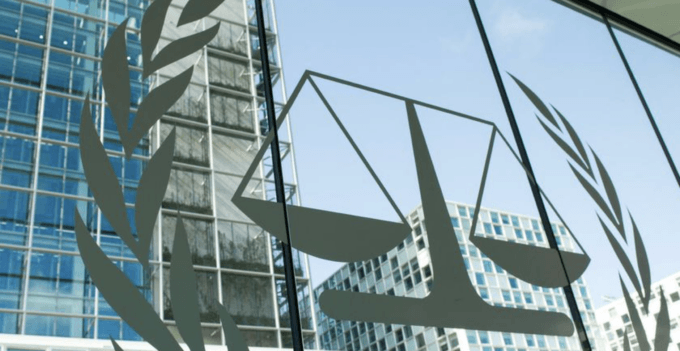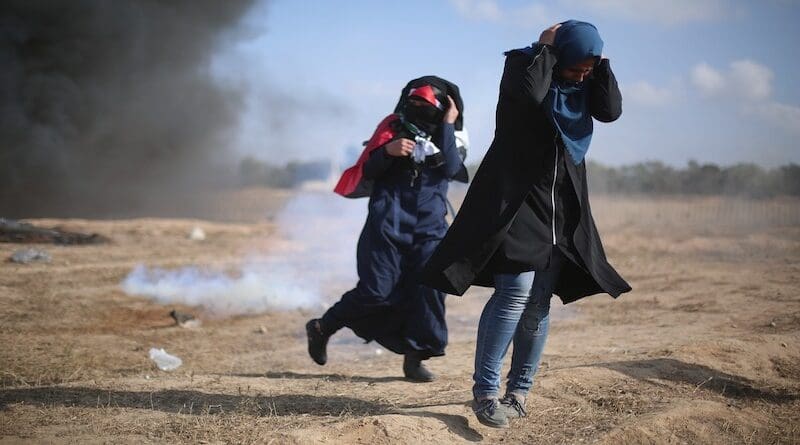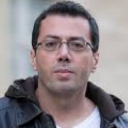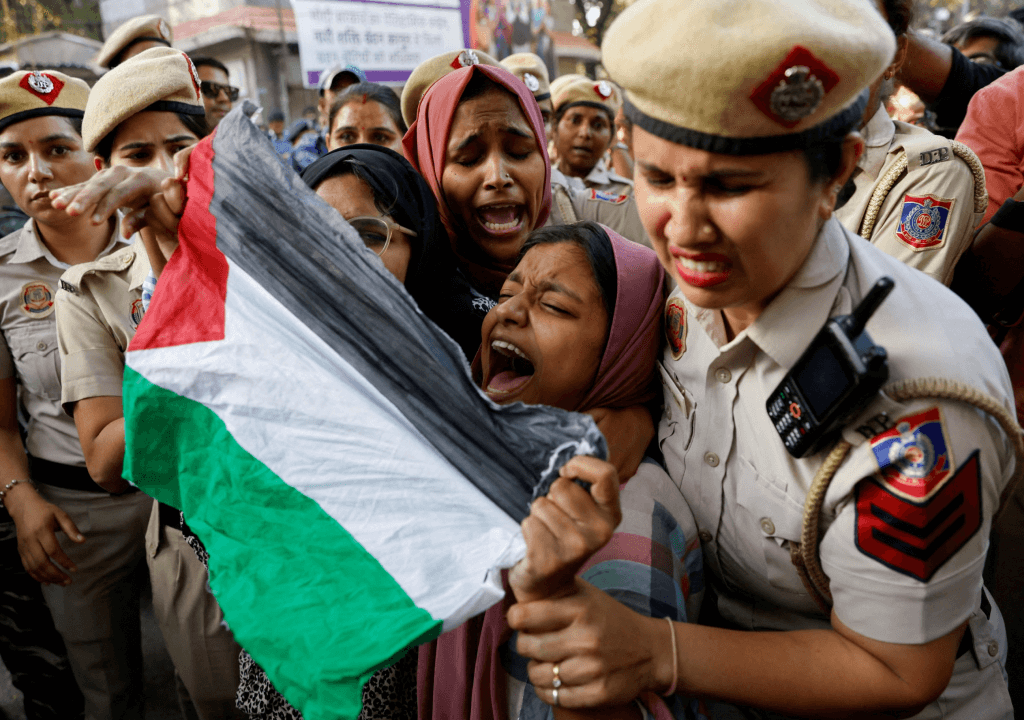War of Legitimacy – How the ICJ, UNGA Challenged Decades of Israeli, US Arrogance

Image courtesy United Nations.
Two historical events regarding the Israeli occupation of Palestine have taken place on July 19 and September 18.
The first was a most comprehensive ‘advisory opinion’ by the International Court of Justice (ICJ), which reiterated that the Israeli occupation of Palestine is illegal and must come to an immediate end.
The second, by the United Nations General Assembly, two months later, set, for the first time in history, an exact time frame of when the Israeli occupation of Palestine must end.
Many Palestinians welcomed the international consensus that essentially declared, as null and void, any Israeli attempt at making what is meant to be a temporary military occupation a permanent one.
However, many understandably were not impressed, simply because the international community has proven ineffectual in bringing the catastrophic Israeli war on Gaza to an end, or in enforcing its previous resolutions on the matter.
Israeli media largely ignored both events, while mainstream western media repeatedly emphasized that both the advisory opinion and the resolution are ‘non-binding’.
Though it is true that international law without enforcement is largely useless, one must not be rash to conclude that the latest actions by the ICJ and the UNGA deserve no pause.
To appreciate the importance of both dates, we must place them within proper context.
First, the ICJ’s legal opinion. Unlike the ICJ’s advisory opinion of 2004, the latest opinion does not focus on a specific issue, for example, the illegality of the Israeli so-called Separation Wall in the West Bank.
Indeed, the latest decision by the world’s highest Court was the outcome of a specific request by the UNGA on January 20, 2023 to opine “on Israeli practices affecting the human rights of the Palestinian people in the Occupied Palestinian Territory, including East Jerusalem.”
Second, the ICJ reached its conclusions after listening to the testimonies of representatives of 52 countries and three international organizations, which fully sided with the Palestinians in their historic quest for freedom, justice and respect for international law.
Third, the ICJ’s opinion touched on numerous issues, leaving no space for any misinterpretation on the part of Israel and the United States.
For example, it called on Israel to end its “unlawful presence” in occupied Palestine, and for it to “withdraw its military forces; halt the expansion of settlements and evacuate all settlers from occupied land; and demolish parts of a separation wall constructed inside the occupied West Bank.”
Fourth, the ICJ’s opinion follows years of supposed Israeli achievements in marginalizing the Palestinian cause, and exacting American support, which effectively recognized Israeli sovereignty over occupied Palestinian and Arab land.
If the ICJ pressed the reset button on the illegality of the Israeli occupation of Palestine, the UNGA pressed the political button.
Indeed, UN Resolution A/ES-10/L.31/Rev.1 on September 18 has ended any Israeli illusions that it will be able, through pressure, threats or the passage of time, to end the conversation on its military occupation of East Jerusalem, the West Bank and Gaza.
The resolution “calls for Israel to comply with international law and withdraw its military forces, immediately cease all new settlement activity, evacuate all settlers from occupied land, and dismantle parts of the separation wall it constructed inside the occupied West Bank.”
124 countries voted in favor of the resolution, while 14 voted against it, thus, once again, separating between those who believe in the primacy of international law in conflict resolution and those who don’t.
Also significant is that the UN has, for the first time, set a time frame of when the Israeli occupation must come to an end: “no later than 12 months from the adoption of the resolution”.
In international law, military occupations are meant to be a temporary process, regulated through numerous treaties and legal understandings including the Fourth Geneva Conventions, among others.
Israel, however, has turned that temporary process into a permanent one.
If the Israeli military occupation does not end within the resolution’s specified time frame, Israel would then be in violation of two sets of laws: previous UN resolutions on the matter, including the ICJ’s advisory opinions, and the latest resolution as well.
The emphasis by western media on the ‘non-binding’ element of these resolutions does not, in any way, alter the illegality of the Israeli occupation, or undermine the unanimity of the international community regarding the righteousness of the Palestinian struggle against Israeli occupation and all other injustices.
Ultimately, Palestine will not be liberated by a UN resolution. UN resolutions are merely an expression of the balances of power that exist on the international stage. Therefore, Palestinians and their supporters should not expect that a UN resolution, binding or otherwise, will drive the Israeli military out of the West Bank and Gaza.
Indeed, the Palestinians will liberate themselves. But the position of the international community remains significant as it re-emphasizes the legitimacy of the Palestinian struggle, creates space for solidarity and helps further marginalize Israel for its continued violations of international law and the rights of the Palestinian people.














 [Al Jazeera]
[Al Jazeera]